Take Refuge in an Iced Tea Garden
As it gets warmer, shaded garden nooks become magnets for our attention. We all enjoy a cold beverage in our favorite outdoor hangout spot, but wouldn’t it be fun to not just enjoy an icy drink in the shade, but to harvest some of the ingredients fresh from the garden? Welcome to the iced tea garden — a patio garden that blends relaxation with herb gardening in a tasty, zingy, stylish way.
While you could spend the next year designing, building and perfecting your hot-weather haven, it’s also possible to make it happen in a single afternoon. Put up an umbrella, head to the nursery for your favorite potted herbs and start experimenting with your own tea blends right on the spot. It’s a garden idea that is hard to go wrong with and can always be expanded on over time.
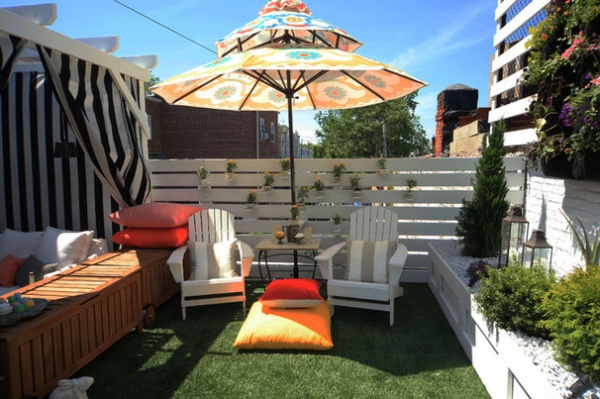
Start by Making Shade
Perhaps you already have a big, beautiful shade tree to relax under, but if your yard gets full sun, explore the options for umbrellas, canopies, gazebos and pergolas to find one that suits your style. If you’re a lemon-hibiscus-iced-tea kind of a person, your tea garden could have a quirky tropical vibe. If chilled Earl Grey is more your flavor, an elegant, understated look might be more in order.
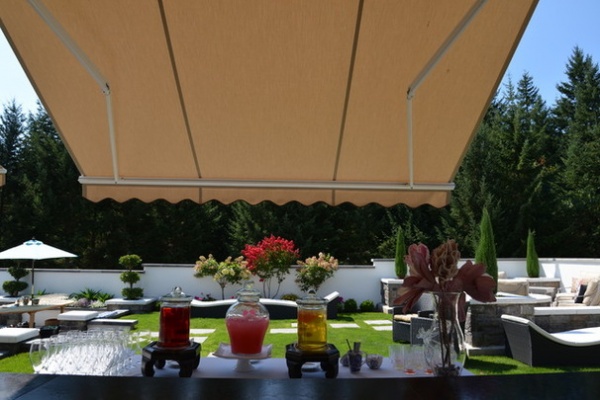
Will your tea garden be a tiny nook where you enjoy a book all by yourself, or do you envision having the neighbors over? Think spatially about how you’ll use the garden and plan accordingly for shade structures, tables, chairs and other furnishings. Perhaps you want to go all-out and build an outdoor kitchen. Or maybe a cooler with ice to prop your feet on will do.
6 Patio Cover Types to Shade You in Style
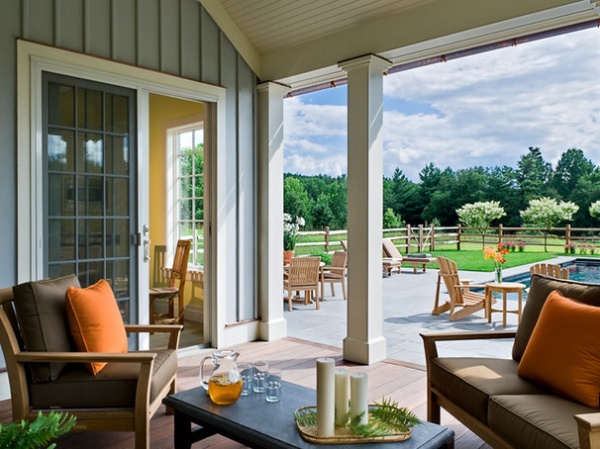
An existing porch, patio, deck or balcony is a great place to start. The idea is to surround yourself with some of the herbs and other plants that are suitable for iced tea. Depending on the space you have to work with, these can be planted in the ground, grown in pots or a combination of both. You’ll need sun for some of them, though there are several common tea plants that thrive in partial or full shade. Even if you’re lounging area is in the shade, you can still incorporate sun-loving tea plants nearby.
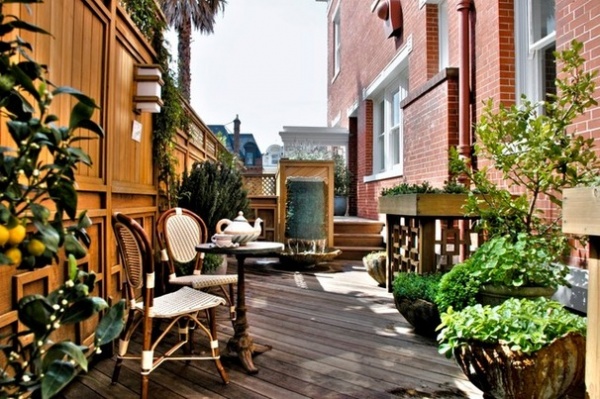
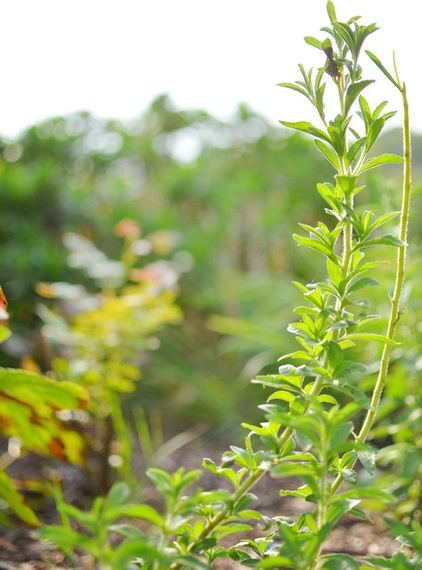
Add Small Herbs
Mint- and lemon-flavored plants are the basis for many iced tea recipes. There is much variety within these two main flavor categories, however. In addition to standard varieties like peppermint and spearmint, look for apple mint, pineapple mint, chocolate mint and lemon mint. In the world of lemon-flavored herbs, there’s lemongrass, lemon balm and lemon verbena.
Other herbs that are often featured in cold summer beverages include:Lavender (Lavandula spp, USDA zones 5 to 10; find your zone): Use the flowers, not the leaves. English lavender (L. anguistifolia) is preferred for its sweeter flavor.Licorice (Glycyrrhiza glabra, zones 7 to 9): It’s the root of a small legume that possesses the famous cooling flavor.Chamomile (Matricaria recutita, syn. M. chamomilla, all zones): Use the flowers, not the leaves, of this annual.Stevia (Stevia rebaudiana, all zones), shown here: The leaves of this annual herb are shockingly sweet and make a suitable substitute for sugar and honey.More guides to growing herbs
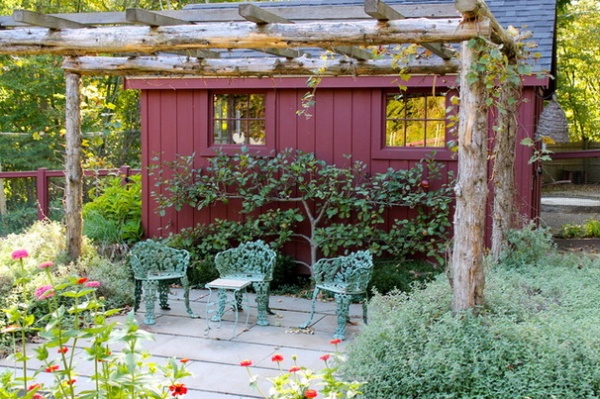
Build the Garden Up With Other Tea Plants
There are numerous vines, shrubs and flowering perennials that can contribute flavors, fragrance and beauty to your iced tea garden. If you’re going to incorporate a pergola for shade, consider planting a climbing rose to grow over it, as both the petals and the hips can be used for tea. Jasmine is another fragrant vine to consider — the flowers will add a heady fragrance to your brew. Common jasmine (Jasminum officinale, zones 8 to 10) is the preferred species for that purpose.
See how to grow the popular Sally Holmes climbing rose
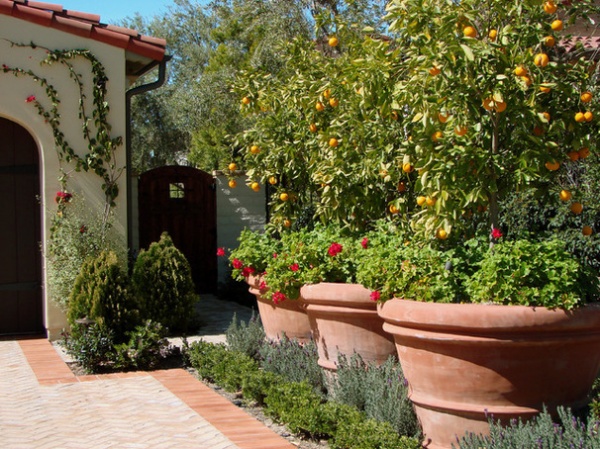
Two evergreen shrubs feature heavily in iced tea blends and also happen to be highly ornamental, so you can enclose your garden to make it a private sanctuary. Lemon bushes usually grow about 6 to 8 feet tall, and slices of the fruit are iced tea necessities — you can also experiment by adding grated lemon zest (part of the peel) to your concoctions. Most lemon bushes are damaged by heavy frosts, but they can be grown in large pots and brought indoors for winter in colder climates. The ‘Improved Meyer’ lemon is hardy down to 18 degrees.
The other tea shrub to consider is the actual tea plant, Camellia sinensis. It’s the source of all green, black and white teas and is a great choice as a hedge around partly shaded tea gardens. Tea Camellia shrubs can grow enormous but can be kept as low as 3 or 4 feet high with pruning. They have either white or pink flowers and are hardy in USDA zones 9 to 11.
Tip: In colder climates, grow lemon trees and tea Camellia plants in pots so they can be brought indoors over winter.
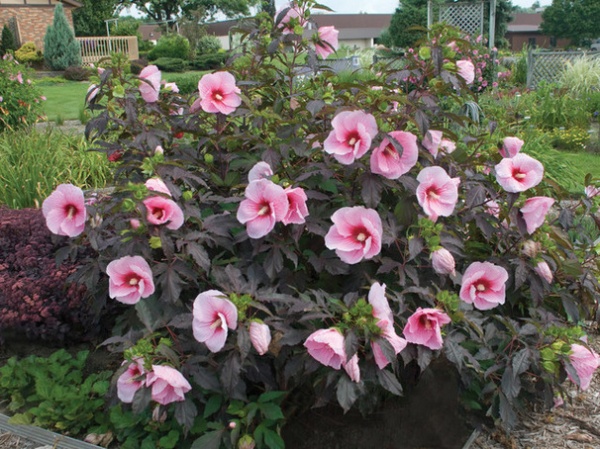
When it comes to perennials in the tea garden, concentrate on edible flowers in addition to the herbal plants. Most edible flowers — marigolds, calendula, pansies and more — are fair game as tea ingredients, but they can also be used fresh as a decorative garnish. Some will impart fragrance or flavor, while others just look nice.
Hibiscus is one of the classic iced tea plants. The flowers of all true hibiscus species are edible, though the tea is traditionally made from Hibiscus sabdariffa, a subtropical species that grows in zones 8 to 11.
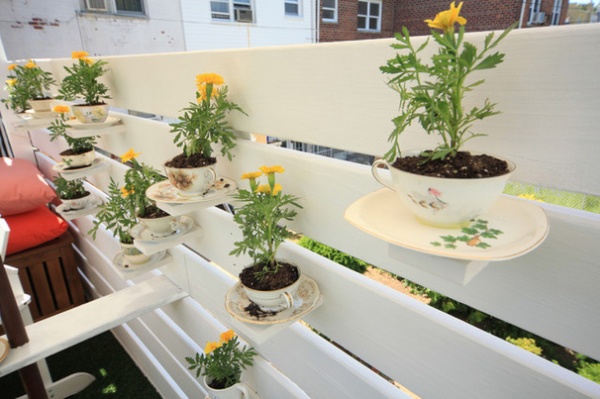
Get Creative With Tea Garden Containers
Any type of pot or planter will do, but if you’re going to go with a tea garden theme, you may as well have a bit of fun with it. Tea herbs grow fast and give you the opportunity to create a garden in just one day. Your nearest thrift store probably has a plethora of items that could be converted into vessels for growing tea plants, as well as used for drinking the tea you make from the plants — so you could even have a matching tea set that serves both purposes. With a little ingenuity, you can create a living herb rack on your patio wall and collect exotic tea herbs from around the world.
See how to make a DIY teacup planter
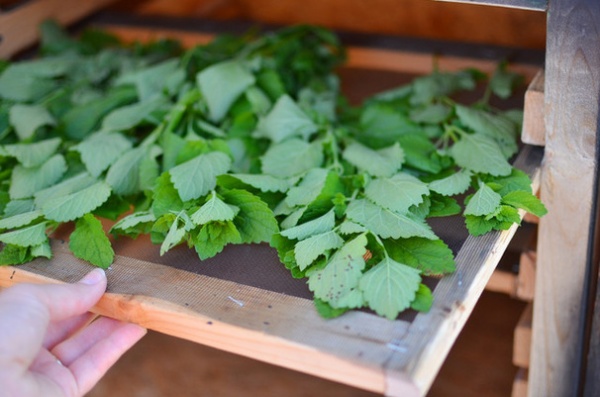
If you get really motivated about your tea garden, you may also want to set up a drying station to preserve the herbs at the peak of flavor so you can use them at other times of the year. A dry, shaded, well-ventilated place is all you need for a rack of drying screens.
However, enjoying iced tea in the garden can be an even lower-tech affair. There’s no need to even use a stove. Simply fill a clear glass pitcher with water, macerate the herbs inside, sweeten to taste, add ice and enjoy.
See more ways to enjoy teatime
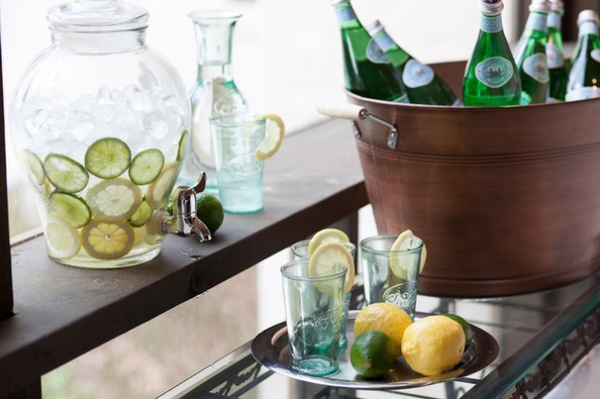
Interested in another type of beverage-inspired garden? See How to Grow Your Own Cocktail Garden.












